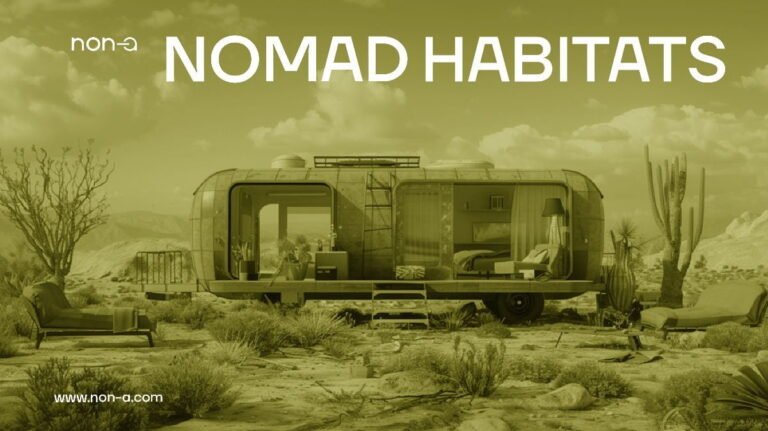Pugong Mountain Geology (Lime Mine) Museum / Professor Li Baofeng’s Studio of HUST
Pugong Mountain Geology (Lime Mine) Museum / Professor Li Baofeng’s Studio of HUST


Text description provided by the architects. Pugong Mountain is located in Xinyang, Henan Province. According to legend, during the Tang Dynasty, Pupu Taoist people lived in seclusion on this mountain, collected medicines and made alchemy, and hung pots to save the world. Their virtues were admired by all people, so they were called Pugong Mountain. Documents record that in the past, the ancient trees and vines and pine wings of Pushan were empty, and when looking at the vast expanse of the sky in the distance, there were purple hazes in the mist;



Pugong Mountain is a limestone mountain. In recent decades, China’s rapid urbanization has brought huge business opportunities to Pugong Mountain. In order to burn lime, hundreds of small lime kilns have been built locally. The once lush Pugong Mountain has become a hideous ” Langya Mountain”. However, this kind of development at the cost of damaging the environment is unsustainable. After the country’s strict environmental protection policy was introduced, the lime kiln was completely shut down, and it became an abandoned lime mine site.


In order to promote the concept of sustainable development, the People’s Government of Xixian County plans to build a museum with the theme of lime kilns. After comparing multiple plans, this plan was finally selected. We integrated the new museum with the existing lime kilns and used the continuous old kiln group as the landmark gate of the geopark. The roof of the kiln was transformed into a viewing platform, and the ash outlet of one of the old kilns was set as the main museum of the museum. At the entrance, a preserved old brick ladder for feeding materials is “inserted” into the museum, making the incomplete mine pit, the dilapidated gypsum kiln, and the brand-new museum form an organic whole.


In order to highlight the old lime kiln, we deliberately weakened the shape and color of the museum, “hidden” it behind the old lime kiln, and “pressed” part of the exhibition space into the ground, making the height of the museum lower than the old lime kiln. We use the limestone that has not been calcined after production was discontinued as a landscape element and set up viewing windows and viewing platforms in the corresponding positions of the museum building so that the old lime kiln in the sun and the incomplete mountain not far away become a large landscape that can be viewed through the window. The scale of the real exhibits, and this series of techniques also make the museum building tightly anchored in this special place.








